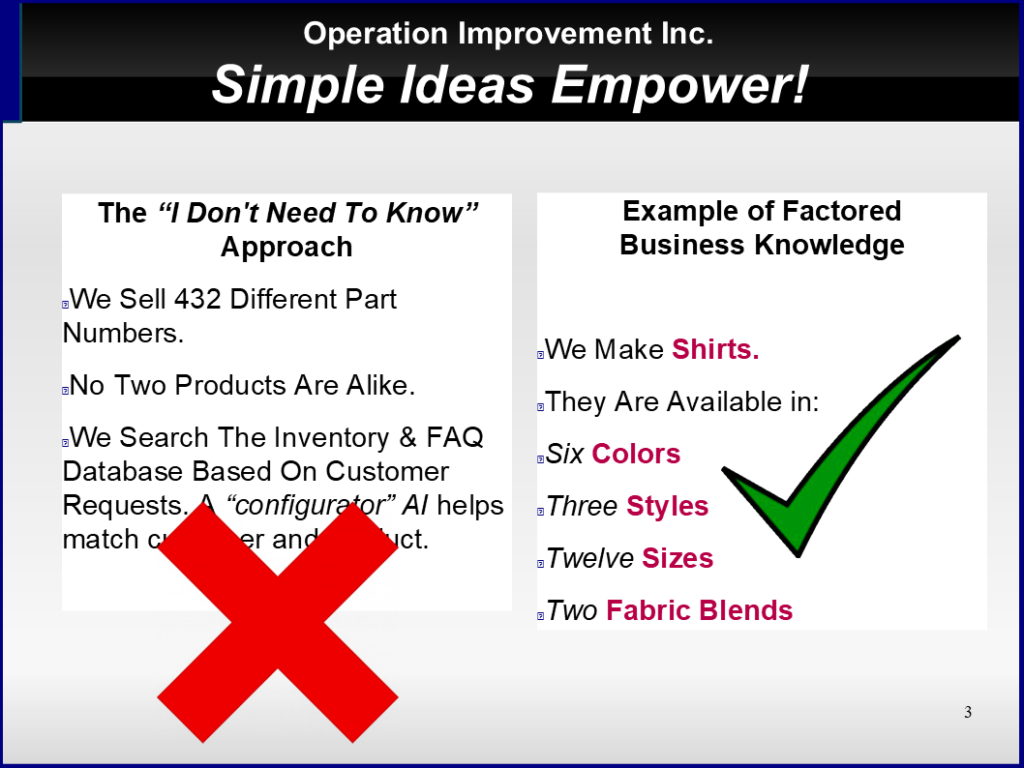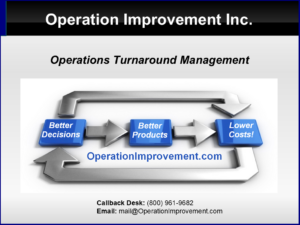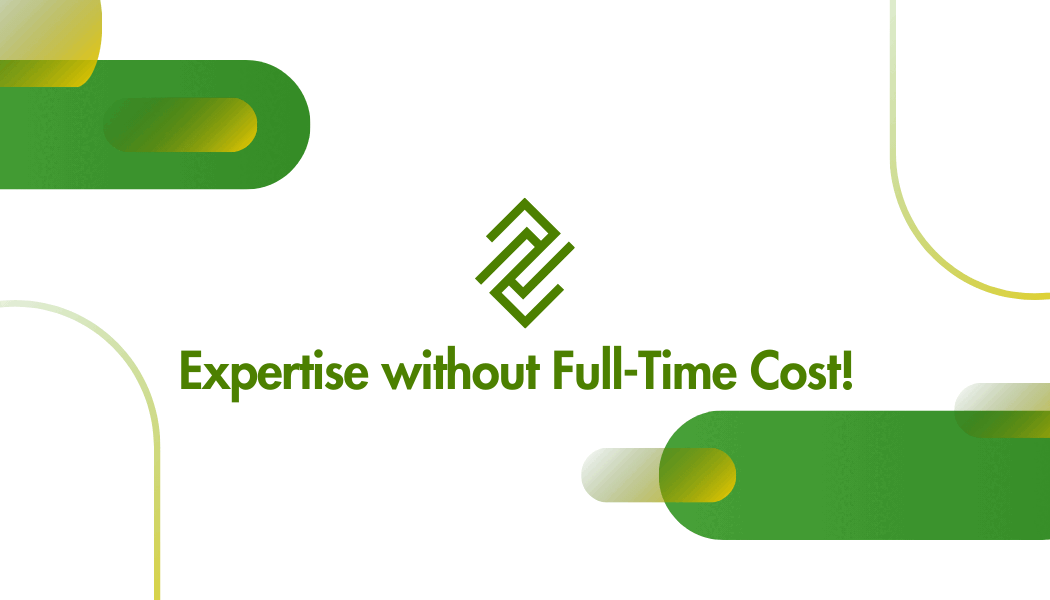Archive
It’s Hard To Make Things Easy…
“Micro-training, mobile checklists, last-mile accountability“

I have often been asked how I came into the field of consulting, and how that career path forked and diverged into successful projects in several manufacturing and service industry companies. It began when I went to work with James Abbott. I was an early hire for his training organization and continued to work with him as we transitioned into a training and consulting group.
James had a vision. He saw the training and professional development need that every company has; and he decided to address that need with in-depth training seminars on a wide variety of subjects.
I had an academic background in physics and math and had a strong work background in Information Technology. I always have an appetite to master new material and I told James that I would come up to speed in any training material he wanted to offer. This turned out to be a perfect fit to my personality and skill set!
The Secret To Great Training
We worked hard to develop and organize the training materials in proper order from the basic to the advanced. Our course design approach was to always establish a context for new ideas. We often reminded each other that counting comes before arithmetic, arithmetic before algebra, and algebra before calculus.
This conceptual approach allowed us to effectively present a large amount of material in a compressed period of time. When community colleges began teaching computer skills classes – their instructors took two days of our material as a template for a semester long course.
What Students Said
James has a saying, “It is easy to make things hard and complex. It is hard to make things easy and simple!” This principle was obvious to me after every seminar that I taught. The student reviews typically fell into two categories.
I was disappointed with reviews like this: “The material was very advanced. I learned a lot. The instructor was an expert in the material and presented it very well” . Instead, I wanted to see reviews like this: “The class was easy. The time went by fast. I think I may have already known a lot of the material beforehand.”
With the same subject, similar audiences reported different experiences. I could always account for this particular difference by how I organized the material. I could tell that proper order was one important key to participants “getting” the material. (Arithmetic Before Algebra!)
The Principle Applied to Process Improvement
Any business, service industry or manufacturing process can improve if we learn something new and integrate it into the context of our existing knowledge. New process tools, knowledge and metrics are the principal drivers of improvement. Every process will degrade when we start to forget, and we let known manageable factors return to the dark unknown.
Learning and sustainment begins by conceptually building that contextual foundation. What do we know? When we start a consulting project, we often encounter this: “It’s all the same. A call is a call. An order is an order. A cast iron part is a part. It’s pretty obvious.”
When pressed for details on how things work and how tools are used, this posture then flips and becomes: “Our processes are so complex. You wouldn’t understand. No two calls in the call center are the same. No two customer manufacturing orders are the same. No two system failures are the same.”
We call this retrenching position: the “no two snowflakes are alike” response, and we then explain what we are looking for:
(1) A difference in degree that is a difference in kind: For example, 2- or 3-minute calls in the support center versus 30-minute calls. “Short calls” versus “extended calls”, or “quick feature training calls” versus “software installation and configuration calls”. These might be approached as two different processes.
(2) In manufacturing, we might want to think about similar products made from copper or aluminum versus wood. These might be considered as two processes if the end result differs only in material. “Soft Metal” versus “Woodworking”.
Is This Too Simple?
When teaching these first process concepts to beginners, they first object that this seems too simple. It is simple, once this “factor analysis” has been done!
Is This Too Hard?
Charles Hobbs was an important thought leader in the field of Time Management, and he once told a parable of a woman who found purpose when she was encouraged to start by examining what was in her own back yard. She found a rock – a steppingstone rock near her back door and she began to ask herself, “What kind of rock is this? What else can it be used for? What is its mineral content?” After a time, she became quite knowledgeable about minerals and when she felt that she had reached a goal she asked for advice again. Her mentor, replied: “What was under the rock?”
When even experienced engineers grasp the implications of recursively drilling down into processes to learn more, to “look under the rock”, they often experience a moment where it all seems never-ending and too hard.
Simple is not the same as easy. Creating a culture of learning in yourself and in an organization is hard work. However, a culture of learning results in better decisions, better products and services lower costs and hopefully – a virtuous circle of continuous improvement.
Have you heard this saying?
“You can’t inspect quality into the product! Quality begins in the process.”
I’ll never forget the night a glass tabletop in our home suddenly exploded – shattering into an uncountable number of tiny pieces. It had not been struck, abused, or even touched. There was nothing on the tabletop, and the glass had been resting gently on several rubber supports for months, possibly years.
Why Spontaneous Explosion Occurs to Tempered Glass – LandGlass
(Why Spontaneous Glass Explosion Occurs)
Without any evidence of defects or non-conformities of any kind, this shattering event was likely born in the -process- which created it. But can product inspection tell us things about the temperature or pressure differentials when the glass tabletop was created? Most often, it cannot.
Perhaps there are exotic techniques that can extrapolate these facts; but once the product is formed, the opportunity to measure and to know is lost.
Remember that SPC is Statistical –Process– Control? Metrics of process are just as important, and sometimes more important than finished product dimensions, weights, colors, and tolerances.
A real-time product metric does have some ability to “look back” into the process and we can infer process consistency to an extent. Time series temperatures, processing speeds, and other measures of activity provide that direct look many operations want and need.
Whether it is food prep in the kitchen, pouring and curing concrete, or making tempered glass – process metrics tell an important part of the Quality story that product inspection alone cannot.
Just One More Person…
Many times, a team will make the case that they need “just one more person”, but when pressed for details – the exact role is poorly defined. So, next comes the attempt to be specific.
A committee is then formed to generate job requirements. Someone might start with a Word and Excel requirement and someone else will suggest that C# programming or a master’s degree would be nice. It’s resume poker. “See and Raise”.
Instead, back up and take a look at the business processes and match roles and skills to the value stream.
In environments where there is a progression of task complexity, create a career path that lets new associates make an early contribution without umpteen weeks of training, and then let them advance as they continue to learn the operation.
When All You Have Is A Hammer…
In every line of work, people strive to conceptualize, to mentally simplify work. We want to understand. We want reminders of how things work. We want to continue to learn and to improve. Diagrams, drawings and pictures are tools we all use for this very purpose.
There is more than one way to approach this, to visualize relationships between time, dependencies, roles inputs, actions, cost and results. Look at these four examples and ask yourself, what is the right tool for the job?
When do we need a flowchart approach with loops and branches?
https://en.wikipedia.org/wiki/Business_Process_Model_and_Notation
When do we need a matrix of “as is” business silos on which to analyze some new or existing workflow?
Layering: A New Approach to Business Process Mapping – isixsigma.com
When is a Gantt chart and a critical path analysis required?
When is the “front line worker” perspective (a dependency diagram and decision table) appropriate?
Operation Improvement Inc. » Every process has a product and a by-product.
What is the Goal? Who is the audience? How does the visualization really help you to visualize the process and its relationship to the product, any decisions and actions, and any relevant metrics and measures? Don’t make your analysis about paperwork. Make it about understanding and communicating.
You may have a favored approach, but you need to consider that everything is not a nail.





